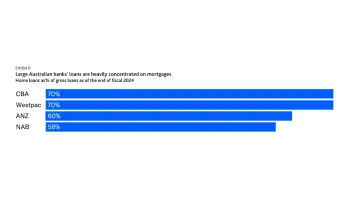
Tokenisation of bank assets could boost liquidity and risk management in FX
But the industry must address the potential fragmentation of the liquidity pool.
Financial institutions have much to do so that FX transactions can integrate tokenised asset infrastructures, but the payoff is better efficiency.
Enhanced transaction banking efficiency could free up liquidity by reducing funds in transit and capital tied up in for pre-funding of payments,according to a July 2025 report by ISDA and Ant International under Project Guardian on Foreign Exchange (FX).
“However, it is imperative to address the potential fragmentation of the liquidity pool and fungibility of liquidity pools arising from programmability of tokenised bank liabilities,” the report stated, which focused on the use of tokenised bank liabilities and shared ledger in cross-border payments.
The study referred to the results of three use cases. The first, by Ant International, explored multi-currency tokenised deposits for cross-currency FX payments; the second by OCBC and BNY explored FX payments through a shared ledger interoperability; and the third use case is that of HSBC exploring payment versus payment (PvP) solution using a shared ledger.
Tokenised bank assets can also streamline cross-border payments and FX settlements, which in turn could minimise counterparty and settlement risk.
“In conclusion, tokenised bank liabilities and payments have the potential to enhance efficiency, reduce risk, and improve liquidity in FX markets,” the report stated.
Successful implementation in transaction banking use cases could act as a catalyst for wider industry adoption of tokenisation and shared ledger-based solutions, the report said.
This, in turn, could then drive improved efficiencies across different use cases benefiting from atomic payments and smart contracts, it added.
It will require continued collaboration between the industry participants and regulators to address key challenges, which included the alignment of legal frameworks, development of robust operation standards, and refinement of regulatory treatment and compliance processes, the report said.

















 Advertise
Advertise










